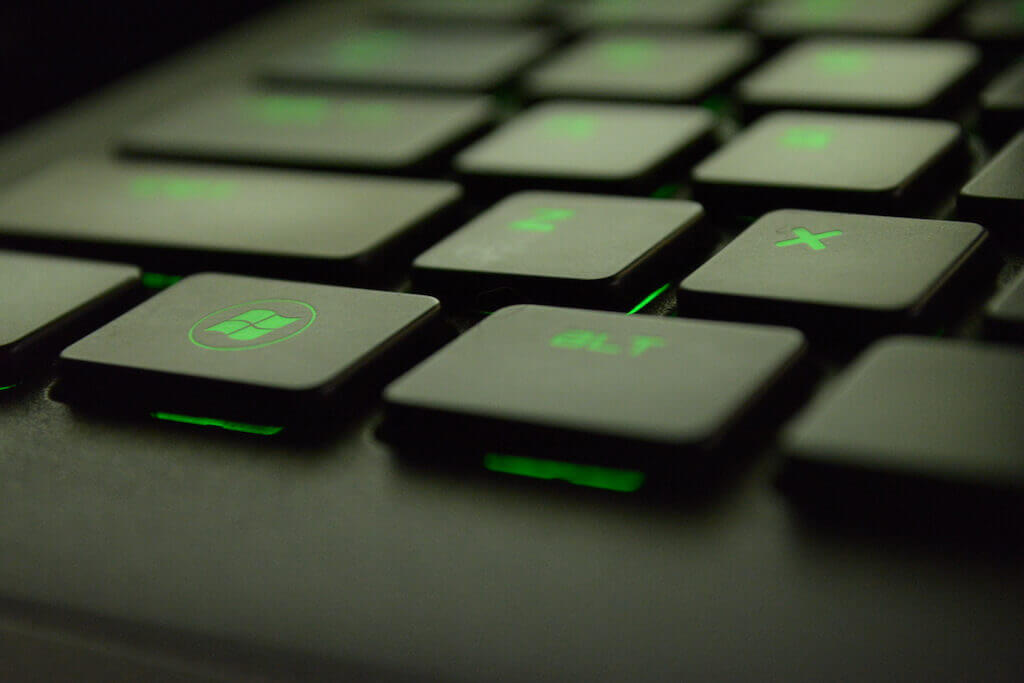Keyboard is that input device in our computers which we use the most. But many of us often neglect its importance. We take good care in choosing the right configuration processor, motherboard and all other components, but not much of a thought is given about what keyboard would be most apt for us. In this article, we explain the various things you need to know about keyboards and how they work.
Know About Keyboards (Basics):
We can use a keyboard to perform several tasks which include: to type documents, to use keystroke shortcuts, for accessing menus, to play games. Though the applications are more or less same in all the computer keyboards, they have different keys depending on various factors.
Also Read: What Are The 12 Function Keys There For?
These factors mainly include the difference in manufacturer and if they are being connected to a desktop computer or integrated into a laptop. Inspite of all these, the physical aspects are all the same.
The size and shape of the keys do not differ much between various keyboards. And the arrangement of keys also doesn’t change much.
Be it a desktop computer or a laptop, the keyboard altogether in itself acts as a computer. Earlier the keyboards worked on the mechanical principles which involved movements of parts (in typewriters).
Most of today’s keyboards are inspired from these earlier models. The only difference is that now all those parts are replaced with electrical technologies.
In a simple keyboard, the keystrokes are identified by a processor. This processor identifies the key that is pressed and then feeds this data to the main processor of the computer. The exact way the processor interprets the keystrokes differs in different types of keyboards.
Whatever type the keyboard is the one common point is that all of them involve a circuitry setup. This entire circuitry is referred as the key matrix.
The key matrix is present within the keyboard. This key matrix can be considered as a grid through which the processor identifies the location of a keystroke. Whenever you press a key, the circuit underneath is closed and a small current flows.
This flow of current is detected and based on the key matrix the processor decides what key is pressed. The processor then simply passes on this information to the main computer processor.
This is a process which occurs between the point you tap a key and you see it appear on the screen.
Also Read: Spy On Your Computer By Using Keyboard Keystrokes
Here is how a keyboard is connected to the PC:
The microprocessor present in the keyboard based on the available key matrix detects the key that is tapped. Now the other concern is, how it manages to send this information to the main processor.
Generally, the medium used in the desktop computers is either a USB or the PS/2 cable technologies. In laptops, these connections are also managed internally. The wireless technologies also aid this purpose.
But however, the connection is made; the main thing is that the cable must perform its task. The primary function of the cable is to power the keyboard and at the same time carry the information back from the keyboard.
Unlike in the case of Wireless keyboards, connections are made to the computer through infrared waves, radio frequency waves or with waves at Bluetooth frequencies. IR and RF wave propagation connections are common in other applications as well.
For instance, most of the remote controls we use are based on these frequency technologies. But to receive these frequencies a receiver is a must. If you don’t get these receivers built in, you can manage it by plugging them into the USB port.
These connectors are also provided when you purchase a wireless keyboard. Also in order to power their circuitry, wireless keyboards have AC power connection or use batteries.
Also See: How To Use The Same Mouse And Keyboard For Multiple Computers
